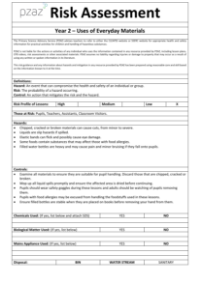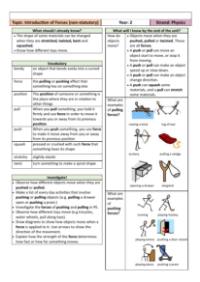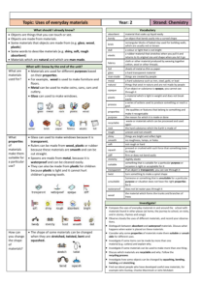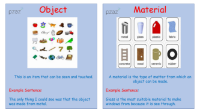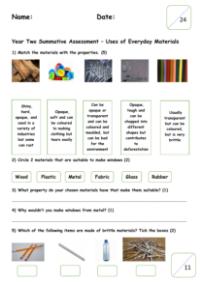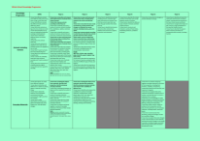Uses of Everyday Materials - Answers
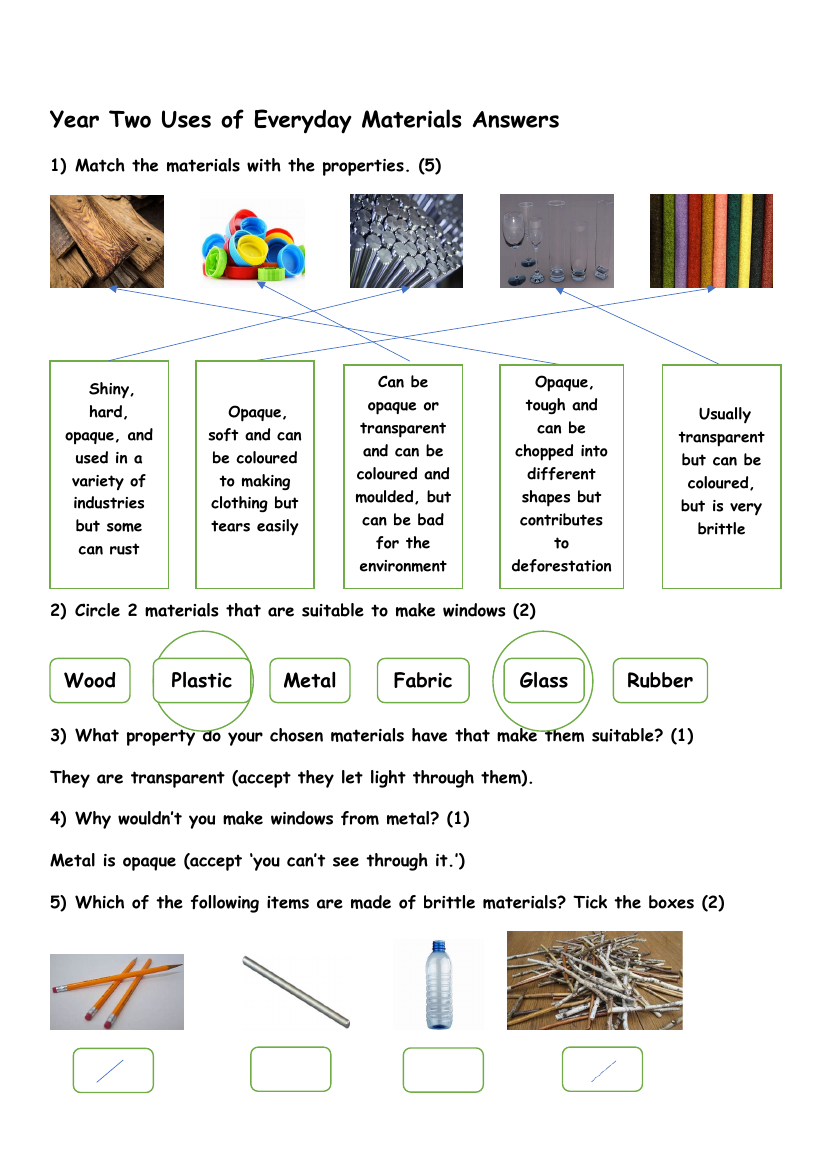
In a Year Two lesson on the uses of everyday materials, students are tasked with understanding the properties of various materials and their suitability for different applications. The lesson begins with an exercise where students match materials to their properties, highlighting the importance of selecting the right material for a specific purpose. They then move on to identify two materials that are suitable for making windows, recognizing that transparency is a key property for such an application. This leads to a discussion on why certain materials, like metal, are not appropriate for windows due to their opacity.
The lesson continues with an investigation into the brittleness of materials, where students identify items made from brittle substances by ticking the correct boxes next to materials like glass. They also explore the concept of elasticity by selecting stretchy materials. When considering the best materials for making a fork, students are encouraged to consider the properties required for this utensil, such as hardness and durability, and to recognise why materials like cardboard, glass, and rubber would be unsuitable choices. A table completion activity further reinforces the understanding of material properties, such as absorbency, buoyancy, and environmental impact, helping students to distinguish between true and false statements about the uses and characteristics of tissue, golf balls, fabric, heavy ships, and the potential environmental hazards of plastic.

